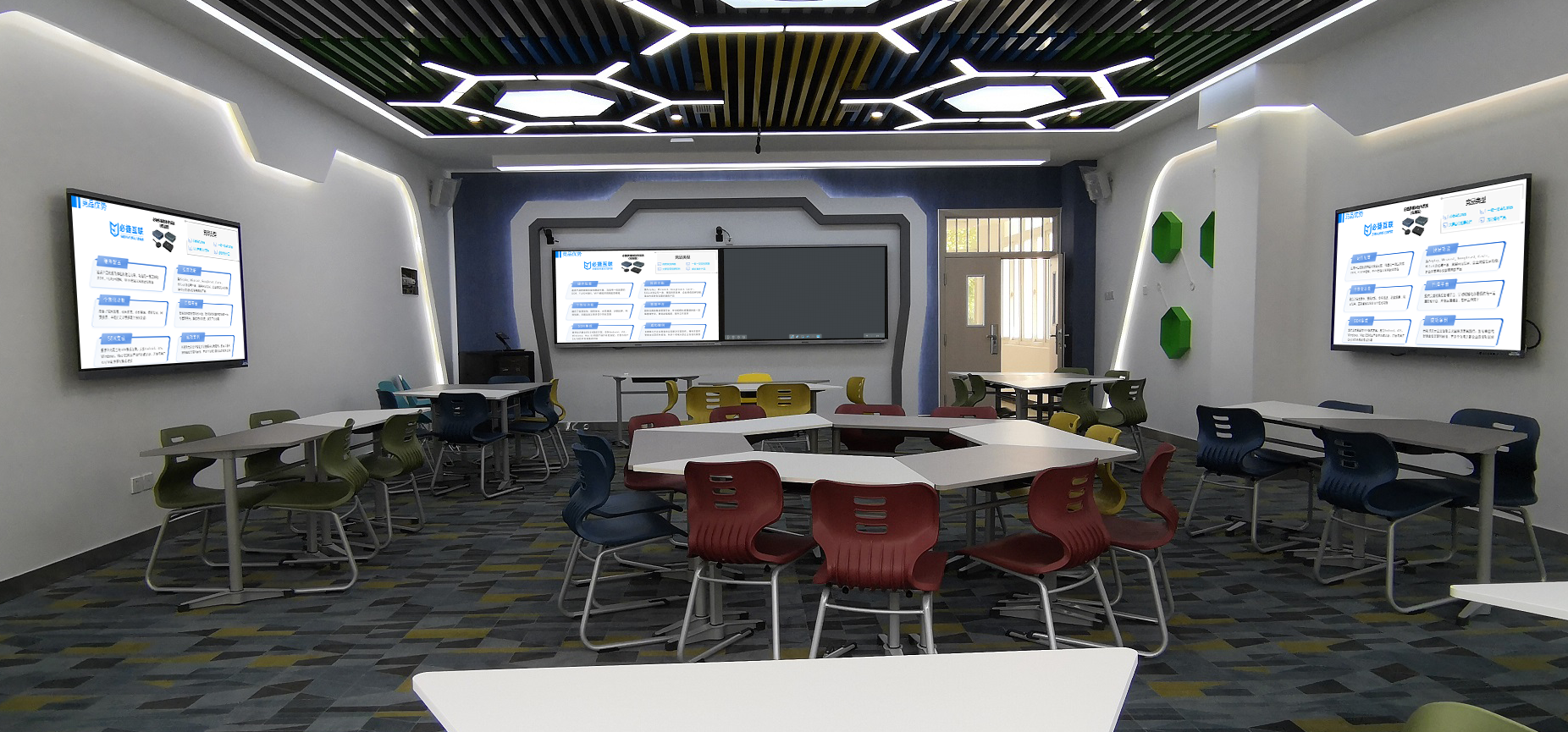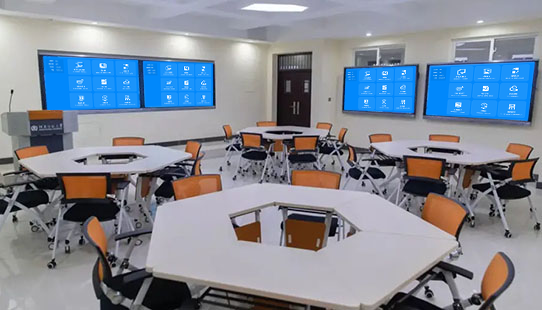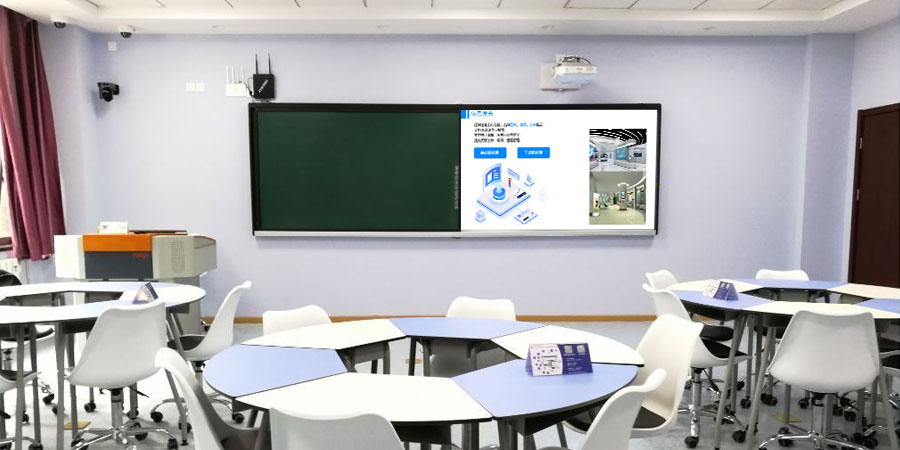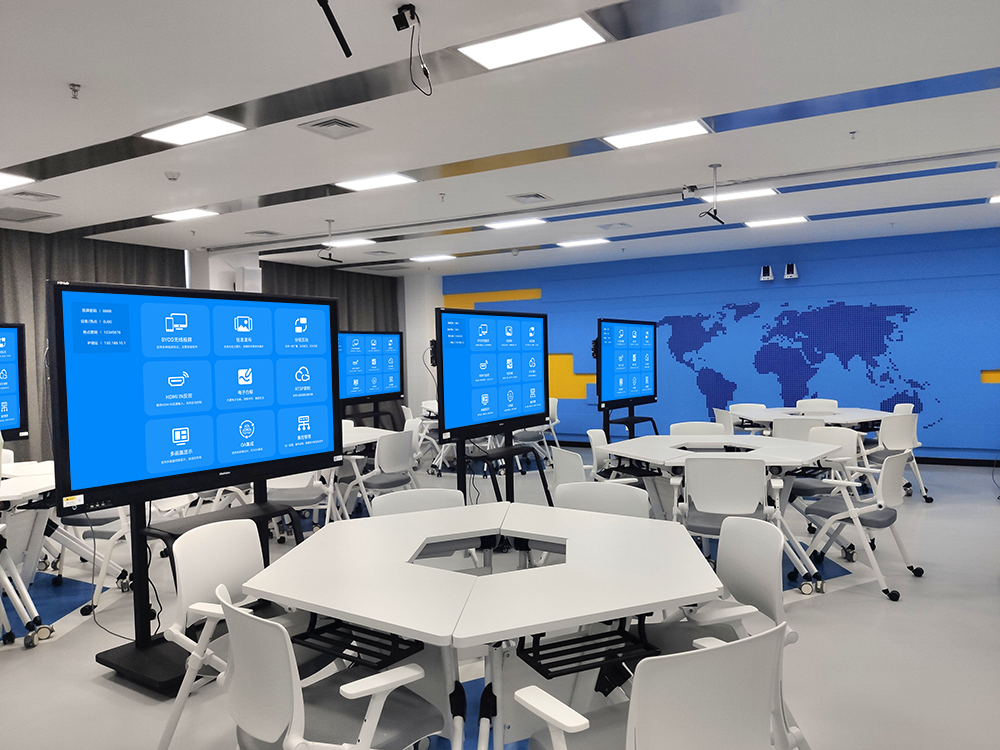Smart Classrooms: Redefining Efficient Solutions for Teaching and Learning
I. Focusing on All Scenario Needs in Education
In the wave of digital transformation in education, smart classrooms are moving from concept to practice, becoming a core vehicle for breaking traditional teaching boundaries and invigorating classroom vitality. By integrating audio-visual interaction, wireless screen mirroring, intelligent collaboration, and other technologies, they transform one-way lecturing into diverse interaction, making knowledge transfer more efficient and teaching management more convenient, creating an immersive new teaching experience for teachers and students.
Bejie’s BJ66 product, as a core terminal for smart classrooms, deeply aligns with classroom teaching scenarios, comprehensively meeting the digital teaching needs of educational institutions from pre-class preparation, in-class interaction, to post-class review.
II. Four Core Needs-Oriented Approaches
Educational clients’ core expectations for smart classrooms are concentrated in four dimensions:
- Activating Classroom Interaction: Breaking the one-way lecturing model, supporting diverse interactive forms such as group discussions and real-time feedback, shifting students from passive reception to active participation.
- Integrating Teaching Resources and Data: Achieving seamless flow of multi-device resources, automatically recording classroom data (e.g., interaction traces), providing a basis for teaching optimization.
- Simplifying Operation and Management: Devices need to be easy to use, stable in operation, and adaptable to multiple scenarios like regular classes, experimental classes, and remote teaching.
- Ensuring Stability and Compatibility: Devices must operate stably in complex classroom environments with multiple concurrent devices and complex networks, and be compatible with different brands of computers, tablets, and mobile phones.

III. Why We Are the Superior Choice
Compared to similar solutions on the market, BJ66 demonstrates unique advantages in meeting educational demands:
- Full Protocol + Low Latency Screen Mirroring, Adapting to Multi-Device Classroom Scenarios: Similar products often support 3-4 mainstream protocols, while BJ66 covers AirPlay, Miracast, WiDi, DLNA, Google Cast, and the self-developed BJCast protocol, compatible with iOS/Android/Windows/macOS/HarmonyOS full-system devices. In class, teachers can mirror courseware from a MacBook, students can submit assignments from an Android tablet, and labs can display data from a Windows computer, all with one-click interconnection via BJ66. The latency is as low as 80ms, preventing screen stuttering during presentations from affecting the teaching rhythm.
- “Main Screen + Group Screens” Linkage, Forming Group Teaching Mode: Other screen mirroring devices only support single-screen projection, while BJ66 supports multi-screen collaboration: the teacher’s main screen can view content from each group screen in real-time, and by clicking “Push to Group,” key content can be distributed to designated groups. Group discussion results can be displayed with a single “Drag to Main Screen” action. Coupled with the built-in electronic whiteboard, teachers can directly annotate and explain on student assignments, transforming group teaching from “individual battles” to “collaborative co-creation.”
- Extremely Simple Operation + Anti-Interference Design, Aligning with Teacher Usage Habits: BJ66 adopts a “zero learning cost” design: teachers can mirror by scanning a QR code with their phone or entering a 6-digit pin code. The device features dual-band Wi-Fi and intelligent anti-interference chips, maintaining stable transmission even in a classroom environment with 30 people connected simultaneously, preventing screen mirroring interruptions due to network congestion. In contrast, similar products are prone to disconnections when multiple devices are concurrent, and operations often require manual protocol selection, increasing the teacher’s burden.
- Hardware + Software Integration, Full-Process Data Accumulation: BJ66 is not just a screen mirroring terminal; it can also link with the Bejie Teaching Management Platform: classroom content is automatically recorded (supporting RTSP protocol integration with school recording systems), and student interactive annotations and answer data are synchronized to the platform in real time, generating “classroom interaction heat maps” and “knowledge point mastery reports.” Teachers can track the teaching effectiveness of each lesson after class, whereas similar products often only have hardware functions and lack data integration capabilities.

IV. Educational Scenario Implementation Results
- National University of Defense Technology, Phases II and IV: Over 120 traditional classrooms underwent modernization, primarily involving hardware upgrades, deployment of existing school teaching software platforms, customized development and optimization of some software systems based on school needs, compatibility debugging, testing, and operation of software and hardware systems, as well as basic work like desk and chair layout, supporting acoustic decoration facilities, and integrated wiring. This included multimedia upgrades for tiered classrooms; renovation of flat-level smart classrooms, multi-window interactive classroom renovations, and construction of seminar-interactive classrooms.
- Other Cases: Such as 130 smart classrooms at Beijing Normal University, over 600 classrooms with smart screen mirroring at Nanjing University of Aeronautics and Astronautics, and 190 smart classroom renovations at Nanjing University, etc.
Our smart classroom solution always focuses on “serving the essence of teaching,” making technology truly an “enabler” for education rather than a “burden.” Choosing us means achieving a smooth upgrade from “traditional classrooms” to “smart classrooms” at a lower cost and higher efficiency.